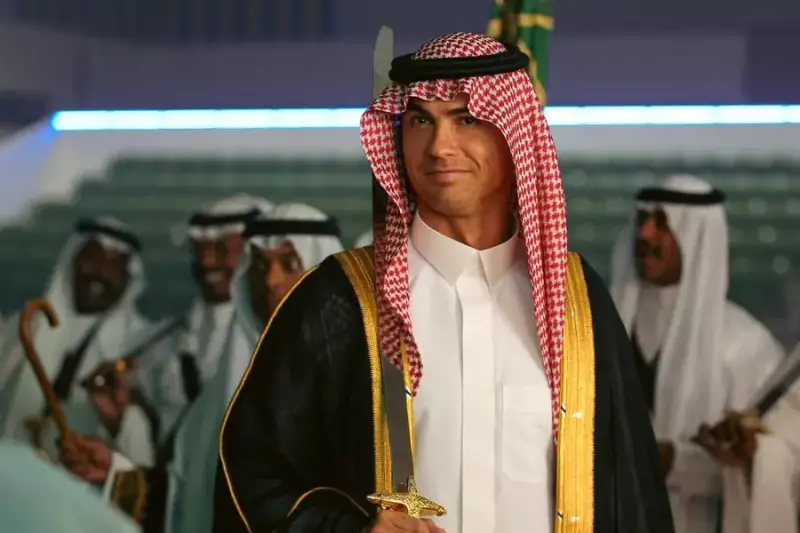On June 4 Crown Prince Mohammed Bin Salman extended his ever-growing empire with the takeover of Saudi Arabia's four biggest clubs; Al Ittihad, Al Nassr, Al Ahli and Al Hilal. The PIF (Public Investment Fund) had bought Newcastle United three years prior, initiating a cataclysmic transformation at the North East club. The focus has since shifted internally to his own Gulf State, where an unprecedented revolution has ensued over the summer with the Saudi Pro League the second highest spenders (£701m) and poaching a host of the Europe's global superstars. So after a month of digesting the seismic change which has seen the Middle East become a footballing powerhouse overnight, how sustainable really is their project?
China and America have both similarly flexed their riches in a bid to compete with Europe in the past, but both were short-lived car-crashes. China's threat was de-railed due to the Chinese government introducing a new cap where if a club spent over £5m on a foreign player they had to pay the Chinese government the same amount. Meanwhile, the MLS became renowned as a 'retirement home' for fallen heroes due to a lack of competition and quality.
So what about Saudi Arabia?
A different approach?
When the Chinese Super League and MLS exploded onto the scene, they took a sensationalist head-line grabbing approach with the eye-watering sums of money they were boasting, but struggled to really prize Europe's top stars. Instead, Europe watched laughing as they offered the likes of Carlos Tevez £615,000-a-week. It was clear that their was no plan, which is why it ended up being a short-term spending spree where they paid over the odds for expired elite footballers.
The Saudi Arabian Pro League however, has acted with stealth and purpose. Last season the capture of a 37 year old Cristiano Ronaldo on a free transfer was seen as a personal money-making voyage for the former Manchester United forward. There was no expectation that this summer they would raid elite clubs across the globe, and this was because they had a structure in place. They executed their plan in methodical stages and were happy to take a long-term approach to overhauling their league.
In addition, they haven't hap-hazardly flaunted money to everyone over the age of 32 like the MLS, instead they actually have the pull power and attractiveness to sign some of the brightest future talents in world. Al Ahli leapfrogged Serie A champions Napoli and Borussia Dortmund to the £35m capture of Gabriel Veiga this summer. Heavily touted stars such as Ruben Neves, Sergej Milinkovic-Savic and Aymeric Laporte overlooked interest from the likes of Barcelona to choose Saudi Arabia.
Read More: Is Criticism of Jordan Henderson's summer move to Saudi Arabia valid?
Former Chelsea midfielder N'Golo Kante who joined Al Ittihad in the summer has played every one of his clubs nine league games this season.
He told L'Equipe when asked on quality of football in Saudi:
"For the names that went to Saudi Arabia, I wouldn't be surprised if Saudi is better than France"
While, their have been complaints about poor conditions and match quality it seems that a lot of these stars are enjoying life in the Middle East and have acclimatised well to football over there.
The reason for this smooth process has been planning and preparation. While it has seemed like a chaotic spending spree this summer, every step the league has taken has been organised. For example the shock deadline day £215m bid for Mohamed Salah from Al Ittihad was expected to be rejected, but it was a powerful statement to clubs like Liverpool that emphasised the capabilities this league is prepared to go.
Michael Emenalo, the Director of Football for the Saudi Arabia Pro League, admitted that this extravagant witch-hunt for Europe's elite players this summer was a one off as it is simply unsustainable. The priority this summer was merely to shock the market and inject short-term quality into the league.
Speaking on their transfer plans for the future Michael Emenalo stated:
"Absolutely we are looking [South America]"
"It's one of the historical football enclaves, history, culture"
He spoke of their desire to target other leagues such as South America, which has generated a conveyor belt of future stars. Brighton Hove Albion who are lauded for their transfer recruitment have reaped the benefits of scouting in South America in recent years and it appears the Saudi Arabia Pro League wants to follow that successful model.
Their latest news is the capture of Cristiano Ronaldo's 13 year old son who has signed with the Al Nassr youth team. While, it's a tokenistic move it shows this exciting and promising vision from Saudi Arabia. They have a roadmap for the future where they already have their own women's league and are determined to build their own academies to generate homegrown talent.
Read More: How big can the women's game truly get in Saudi Arabia?
With China and America it was a fanatical idea that lacked precedence, whereas with Saudi Arabia it feels like a calculated enterprise which is building momentum. Saudi Arabia have huge plans within football, as shown by their bid for the 2034 World Cup. It's clear that they have the financial firepower and intelligence to take this project far into the future, they already have Europe looking over their shoulders.
Written by - Lewis Eadie
Twitter - @The_BeautGame1
Instagram - @the_beautgame1



Add comment
Comments